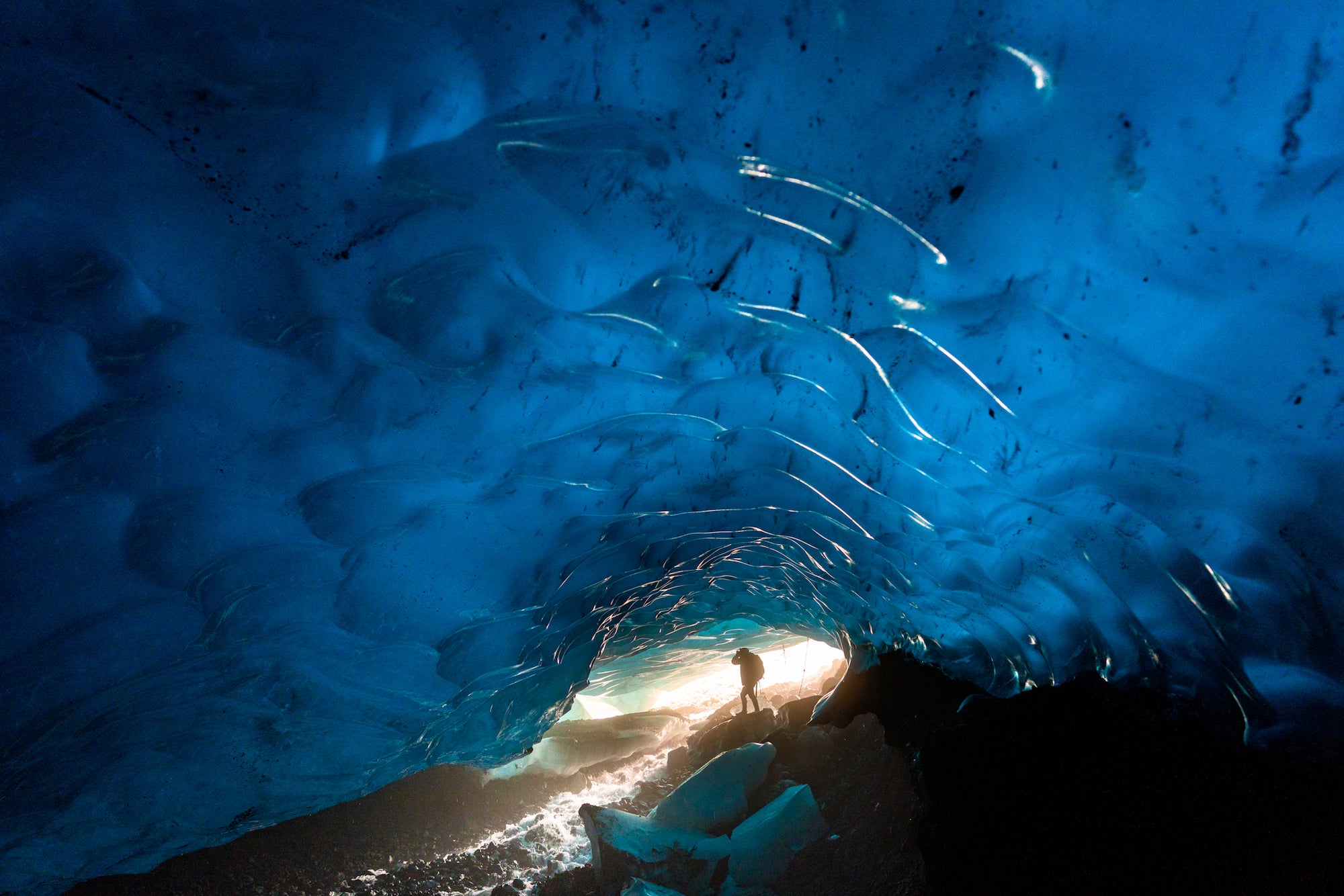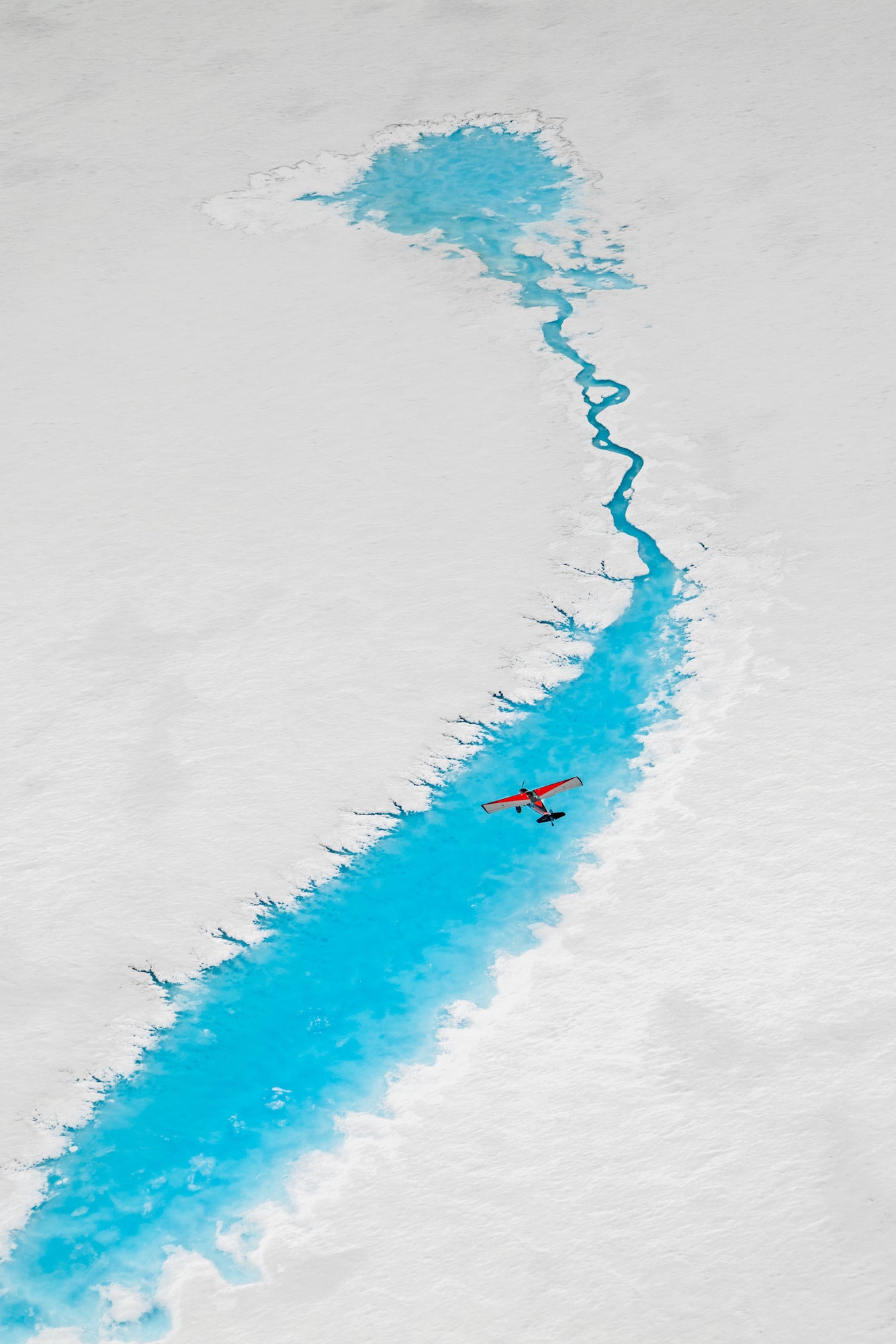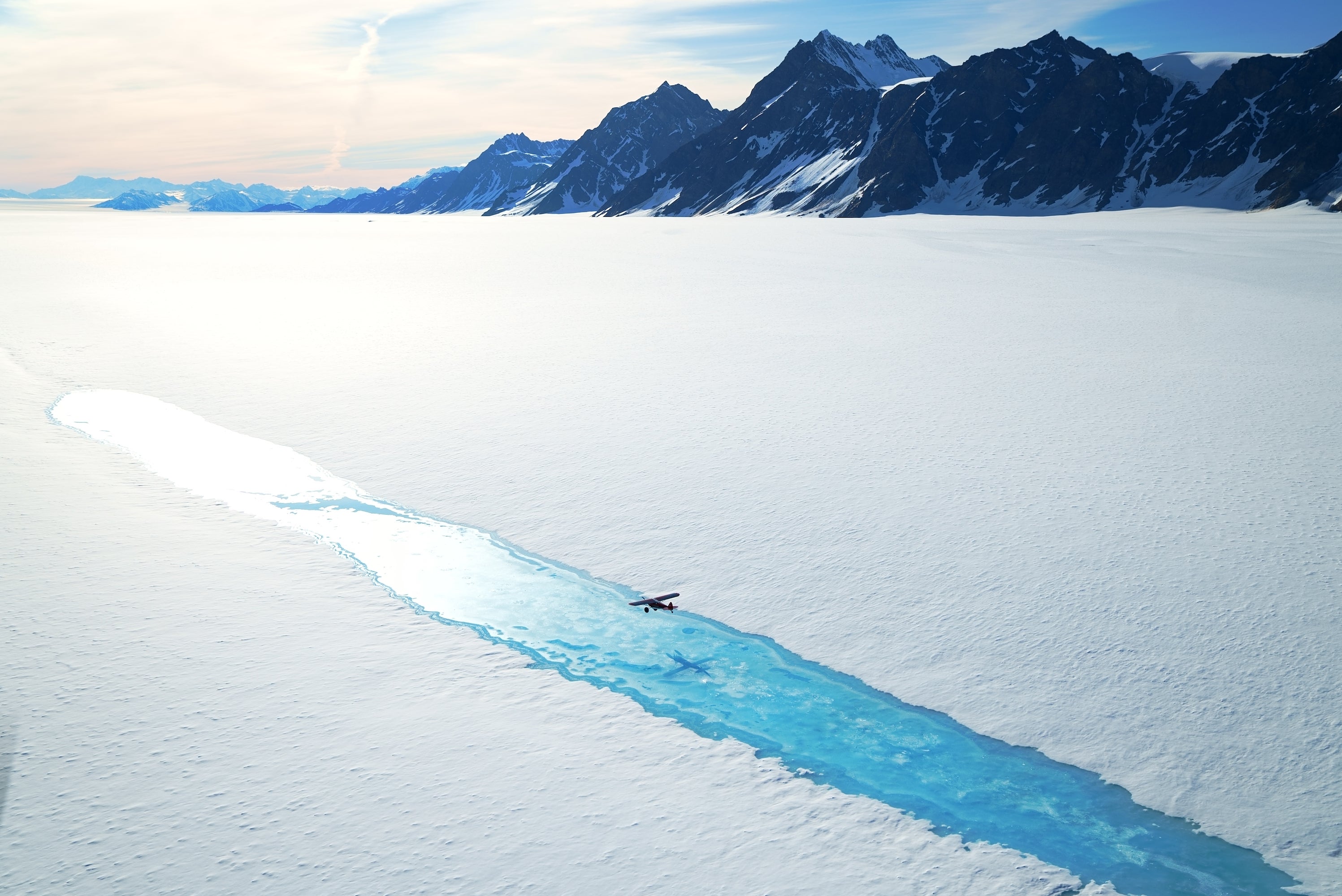In advance of its introduction, Sony Artisan Chris Burkard had the rare opportunity to take the new Sony α7S III to Wrangell–St. Elias National Park and Preserve in Alaska. From ice caves, to aerial slow-motion, to glacier pools – Burkard puts the new camera through its paces in a variety of conditions. See his thoughts on how the α7S III performed for both photo and video.
Ice caves, glacier pools & aerial slow-motion. See how the α7S III performs after Sony Artisan Chris Burkard puts it to the test in Alaska.

“We were in these ice caves with super dark and harsh conditions,” explains Burkard, “where normally I’d be shooting at ISO 4,000-5,000 to try to capture fast action or have my subjects freeze to get something. But in this case with the Sony α7S III, I could shoot at 8,000-10,000 with absolutely no problems, no grain. We had super smooth images and my subjects were able to move around in real time.”

Photo by Chris Burkard. Sony α7S III.

Photo by Chris Burkard. Sony α7S III.
“I also wanted to test out the auto focus and quality of slow motion video, particularly in a space that felt restricting. We flew in Piper Cubs over the Bagley Icefield and were shooting in close proximity. It was bumpy, it was chaotic – we were trying to use this small camera to capture beautiful slow motion footage amidst that chaos, and it’s exactly what it did.”

Photo by Chris Burkard. Sony α7S III.
“Another thing I wanted to chase down with the camera was a view of the glacier blue pools – beautiful pools formulated by leftover water collected by the glacier. I’ve always wanted to shoot these and the camera just performed beautifully in that scenario.”

Photo by Chris Burkard. Sony α7S III.
“For me, this camera is just as much a stills camera as a video camera,” says Burkard. “You can rely on the good color definition and you can shoot this camera how it’s meant to be shot, with your subject moving and everything active – you don’t have to slow down your scene.”

Photo by Chris Burkard. Sony α7S III.

Photo by Chris Burkard. Sony α7S III.



